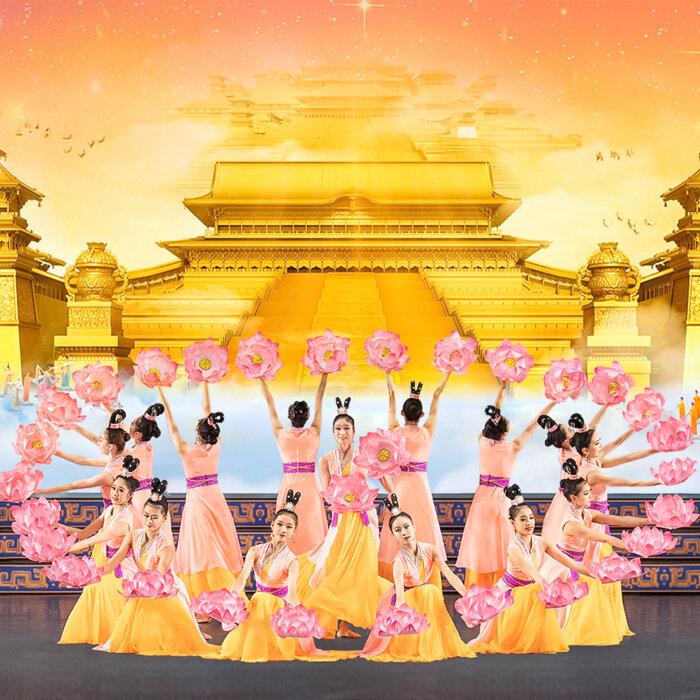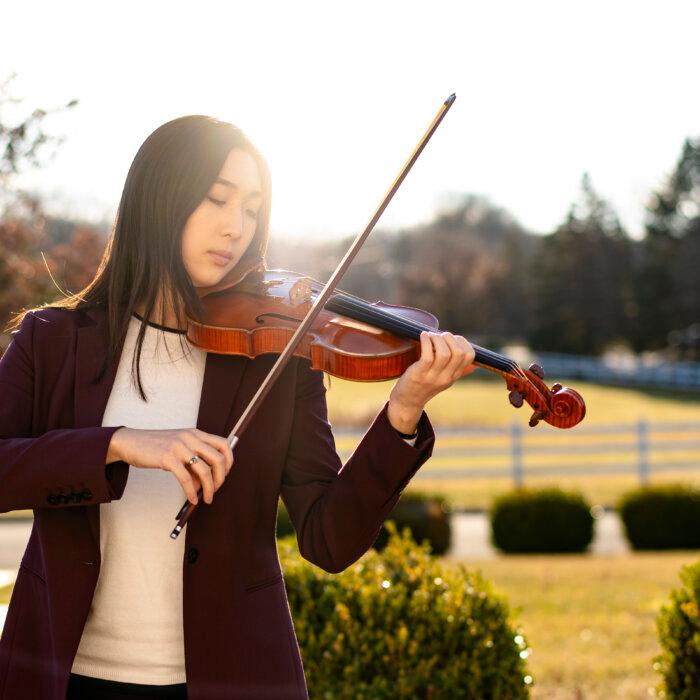The New York Times is preparing to again attack New York-based performing arts company Shen Yun and the spiritual discipline Falun Gong, The Epoch Times has learned.
For nearly two decades, the Chinese Communist Party (CCP) has targeted Shen Yun, whose mission is to revive traditional Chinese culture. The company was founded in 2006 by practitioners of Falun Gong, a peaceful meditation practice whose adherents are severely persecuted by the CCP.
Falun Gong practitioners have for 25 years highlighted abuses they face in China, including kidnapping, torture, and even organ harvesting by the regime, which profits from selling their organs. Shen Yun in its performances depicts some of these atrocities.
Outside of China, the CCP has used tactics both aggressive and subtle to suppress Falun Gong, from physical attacks, to diplomatic pressure, to infiltrating and utilizing Western media organizations to do its bidding.
Efforts by The New York Times, which has published four articles targeting Shen Yun and Falun Gong since August, with another one in the works, appear to hew closely to Beijing’s efforts. The premise of the articles also lines up with a newly implemented CCP strategy.
A cornerstone of the campaign is to manufacture the type of allegations that would most likely trigger an investigation by U.S. authorities, according to whistleblowers who provided detailed information to the Falun Dafa Information Center (FDIC), a nonprofit monitoring the persecution of Falun Gong.
A Chinese American man who takes credit for jump-starting The New York Times’ latest crusade against Falun Gong was last year tracked by law enforcement near Shen Yun’s campus. Soon after, the FBI issued a warning to local law enforcement describing him as “potentially armed and dangerous.”
The man, who also runs a YouTube channel, was arrested and is now facing charges for possession of illegal firearms.
“I was the one who introduced people [ex-Shen Yun performers] to the New York Times, especially for the initial interviews. They found additional people through that,” he wrote on X following the publication of a New York Times hit piece on Shen Yun earlier this year.
In one post on X, the YouTuber described Shen Yun’s managers as his “enemies” whom he was trying to have sent to prison.
In several posts, he bragged about filing complaints against Shen Yun with federal authorities in order to generate legal action against the arts group. He encouraged others to do the same.
On the point of The New York Times’ coverage aligning with the CCP’s goals, a newspaper spokesman said the reporting on Shen Yun was “entirely under our own editorial direction.”
Since launching its persecution against Falun Gong in 1999, the CCP has built out a whole-of-society, global approach against the practice. The use of Chinese agents overseas has been a growing concern for the United States.
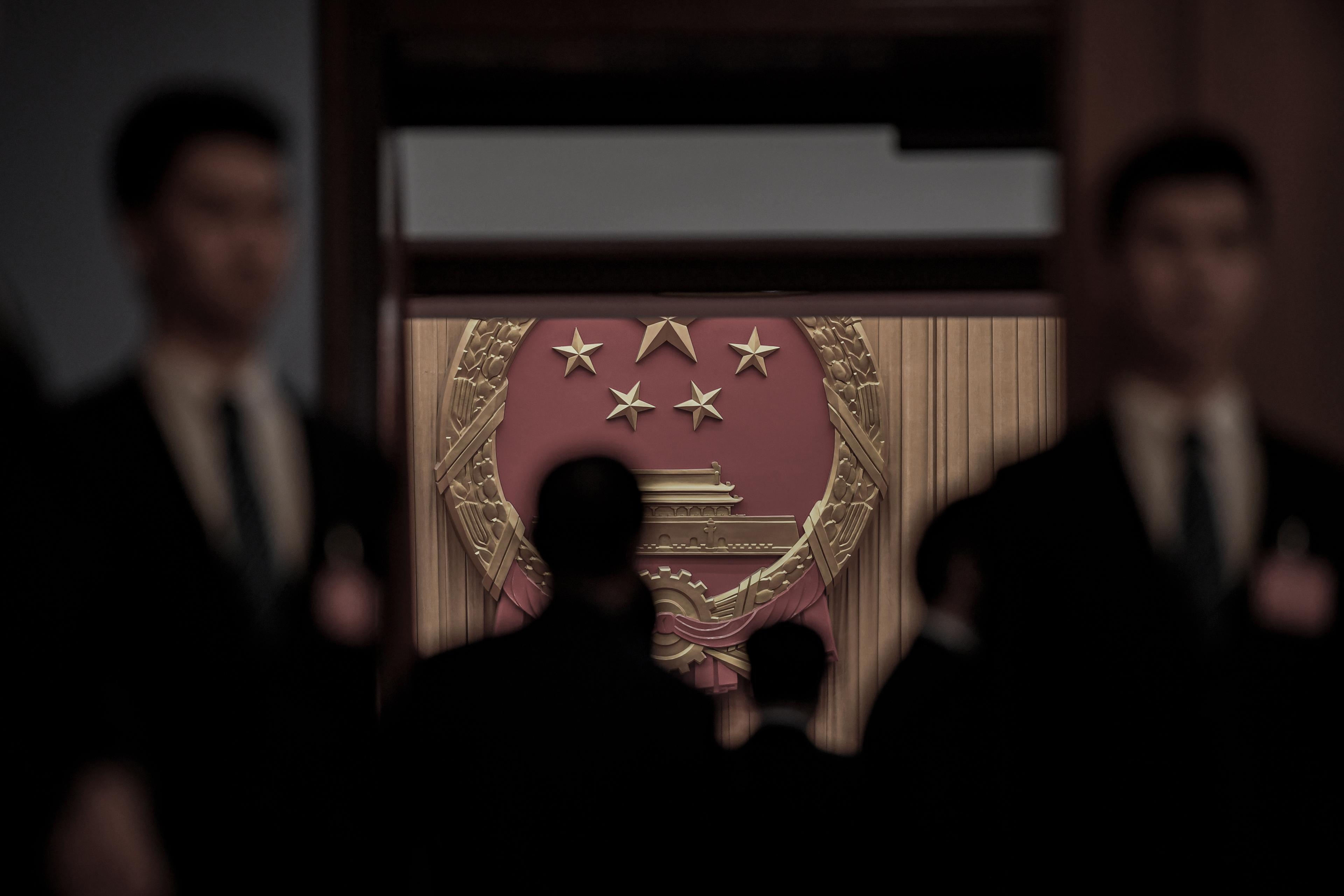
Latest Attack
In their latest attack on Shen Yun, New York Times co-authors Nicole Hong and Michael Rothfeld appear to intend to misrepresent the performing arts company’s program that allows students at Fei Tian College and Fei Tian Academy of the Arts to perform with the group as part of their practicum, The Epoch Times has learned.Ying Chen, a vice president of Shen Yun, said The New York Times has conflated Shen Yun professional staff with student performers from the Fei Tian schools.
“And it does so in an apparent attempt to create a false narrative of supposed child labor issues,” Chen told The Epoch Times.
“The truth is this: Talented performing arts students participate in Shen Yun performances as part of their practicum study, which is an established program that is legal, transparent, and a highly sought-after opportunity for aspiring artists.”
Indeed, the main reason students apply to the schools is precisely for a chance to perform with Shen Yun, according to dozens of current and former Shen Yun artists, Fei Tian students, and parents interviewed over the past months.
“What they don’t tell you is that classical Chinese dance is a young person’s game—some of the best in the world are in their late teens,” Chen said.
“Imagine not allowing minors in the Olympics. Sure, we could do it, but some of the best in the world would not have a chance to live out their dreams. The same is true on the Shen Yun stage.”
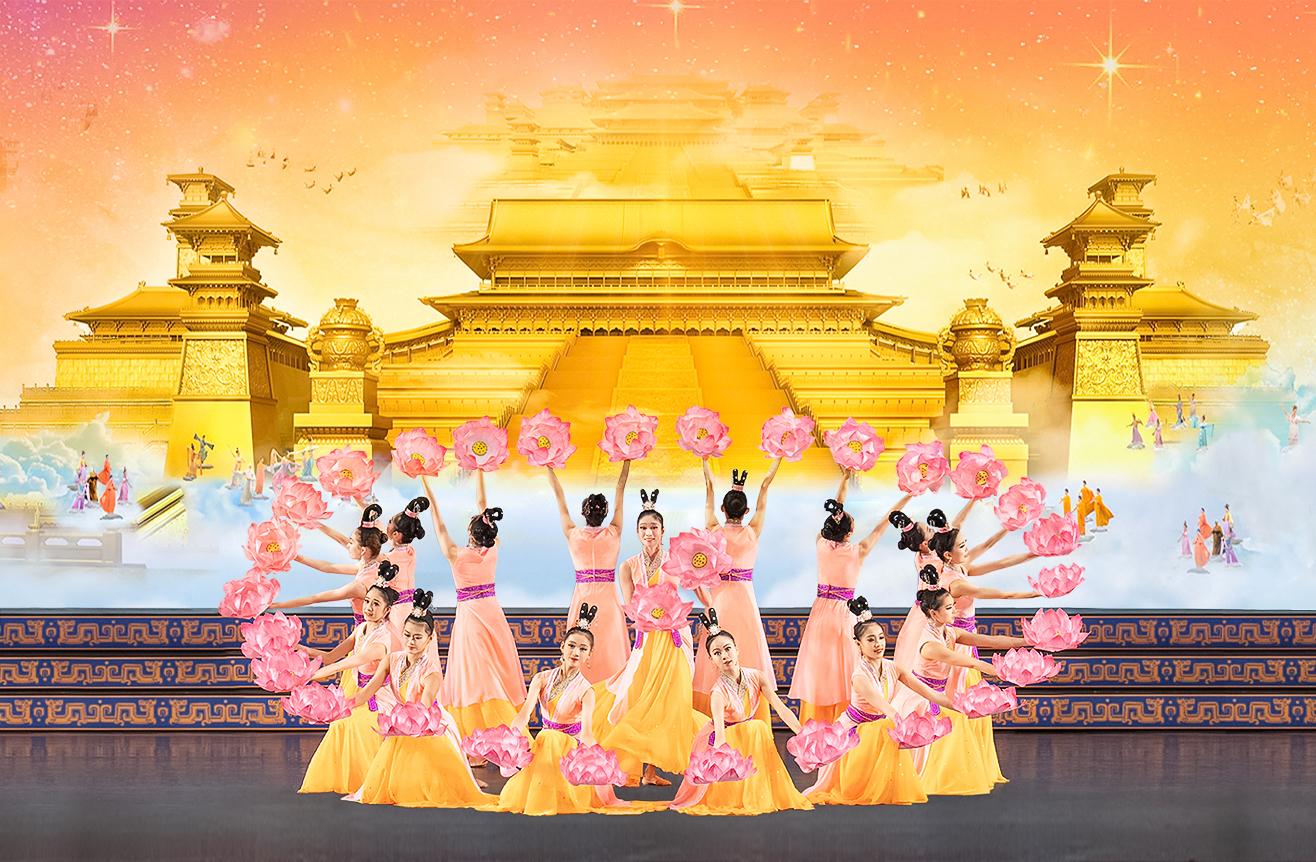

As for compensation, Fei Tian students aren’t employees and as such cannot be paid salaries. If they qualify to tour with Shen Yun, they often receive a stipend in addition to having their tour expenses covered. Those include accommodations at high-quality hotels, transportation, meals, clothing, and even most recreational activities, Shen Yun representatives told The Epoch Times.
Yung Yung Tsuai, who has danced with several major dance companies and taught at the Martha Graham School of Contemporary Dance as well as other colleges, told The Epoch Times that to become a professional dancer, one must start from a young age, “at least early teens.”
And it’s a demanding pursuit. To master ballet, for example, a student must train every day for six hours a day. “It takes years of hard work to break into a professional level,” she said.
On top of the regular technical rigors, many Shen Yun artists tend to work extra hard because they view their work as a personal mission. Those who spoke to The Epoch Times found it baffling that this would be used against them by The New York Times.
Both Fei Tian Academy and the college are religious private schools. Current and former students said that countering the persecution of Falun Gong was a motivating factor for their joining the schools in hopes of performing with Shen Yun.
“We get to be part of this big mission to revive traditional culture. And also, for me, as a Falun Gong practitioner, I get to tell people through my art the truth about what’s happening in China,” Shen Yun percussionist Alice Liu previously told The Epoch Times.
“Let’s be clear about what’s really going on here: We are a religious group embarked on an endeavor that is rooted in our faith,” Chen said.
“We are a close-knit community who love what we do and are deeply fulfilled by a life of hard work and constant striving for spiritual growth, and yet The New York Times is attacking and demonizing us.
“Why? There is only one clear answer: Beijing considers our program, which showcases China before communism, as an existential threat. That is what’s really going on here.”
For their earlier articles, Hong and Rothfeld relied heavily on a small group of disgruntled former Shen Yun artists. And the writers failed to disclose key information about their interviewees.
“At least three of the six former Shen Yun performers photographed and quoted multiple times in the Times article have undisclosed ties to the Beijing Dance Academy (BDA)—a Chinese state-run organization, which is an instrument in the CCP’s global campaign against Shen Yun,” the FDIC report states.
Questions Over China Ties
The father of Hong, one of the lead authors of The New York Times’ attack pieces against Falun Gong, appears to have ties to CCP-affiliated groups, based on publicly available information. He denies the connections.According to an online profile, Zhejiang Province nominated George Hong in 2006 as one of the “Ten Outstanding Overseas Scholars” who serve China.
The profile also stated that he was an honorary overseas director of the Western Returned Scholars Association (WRSA).
When asked about the connections, George Hong vehemently denied them. He was particularly forceful about the WRSA.
“I have never been a member of this organization, and I have never been affiliated with it in any capacity,” he told The Epoch Times via email.
He didn’t respond by publication time to follow-up questions regarding the discrepancies between his denials and the information about his background available online.
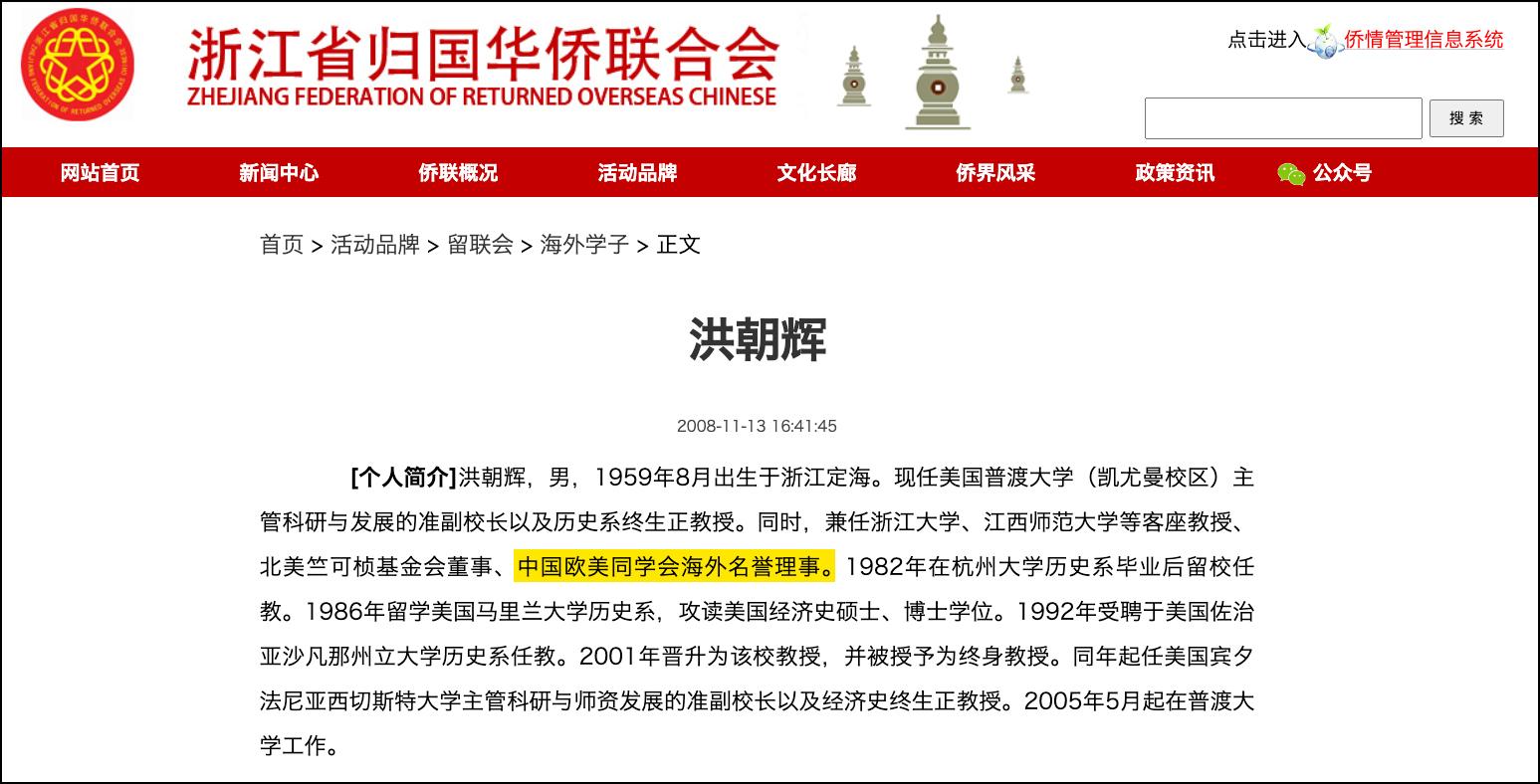
The United Front Work Department is the main organ responsible for running the regime’s overseas influence operations alongside the CCP Ministry of State Security.
For decades, the contemporary CCP leader has delivered a keynote speech at the WRSA, including Jiang Zemin, Hu Jintao, and Xi Jinping.
“Any suggestion or insinuation that I am an agent of the Chinese Communist Party or working for a United Front entity is false and defamatory,” George Hong said.
Since 2016, George Hong has headed Fordham University’s research department, making him responsible for administering research projects and grants. In 2019, he gave a speech on “Collaboration and Growth of Research Funding Between Chinese and American Higher Education Institutions” at the West Chester University of Pennsylvania.
In 2020, he gave a talk at an online forum on the topic of “why have Sino-American relations suddenly worsened in recent years?” and whether there was “still room for human effort to halt this deterioration.”
He suggested that China dropped its tactic of “hiding strength, biding time” too soon and recommended that polling on Americans’ perceptions of China be closely monitored.
“We can then explore how to prevent fluctuations in American public opinion and how to enhance it,” he said.
Targeting Traditional Culture
Maintaining control over Chinese culture has been instrumental to the regime’s grip on power, as evidenced by the decade-plus it spent destroying 5,000 years of culture and tradition during the Cultural Revolution in the ’60s and ’70s.Shen Yun is perceived by the CCP as a threat because it showcases traditional Chinese culture untainted by communism.
As it has grown in popularity—eight touring companies perform for a live audience of around a million worldwide each year—the pressure campaign from the CCP has intensified.
The regime considers the Shen Yun campus in upstate New York, called Dragon Springs, a “headquarters” of activities by Falun Gong practitioners to counter the persecution, according to a CCP directive obtained by The Epoch Times.
The document called to “systematically strategize to attack” Falun Gong’s headquarters.
Another document directs officials to co-opt specific professions in its transnational repression campaign against Falun Gong, calling for mobilization of “China-friendly people such as experts, scholars, journalists ... who have greater influence in the U.S. and Western countries to speak for us, and strive to make more foreign media to publish more reports favorable to us.”
Shen Yun’s portrayal of an inspiring vision of China without the communist party is intolerable to the regime, some experts say.
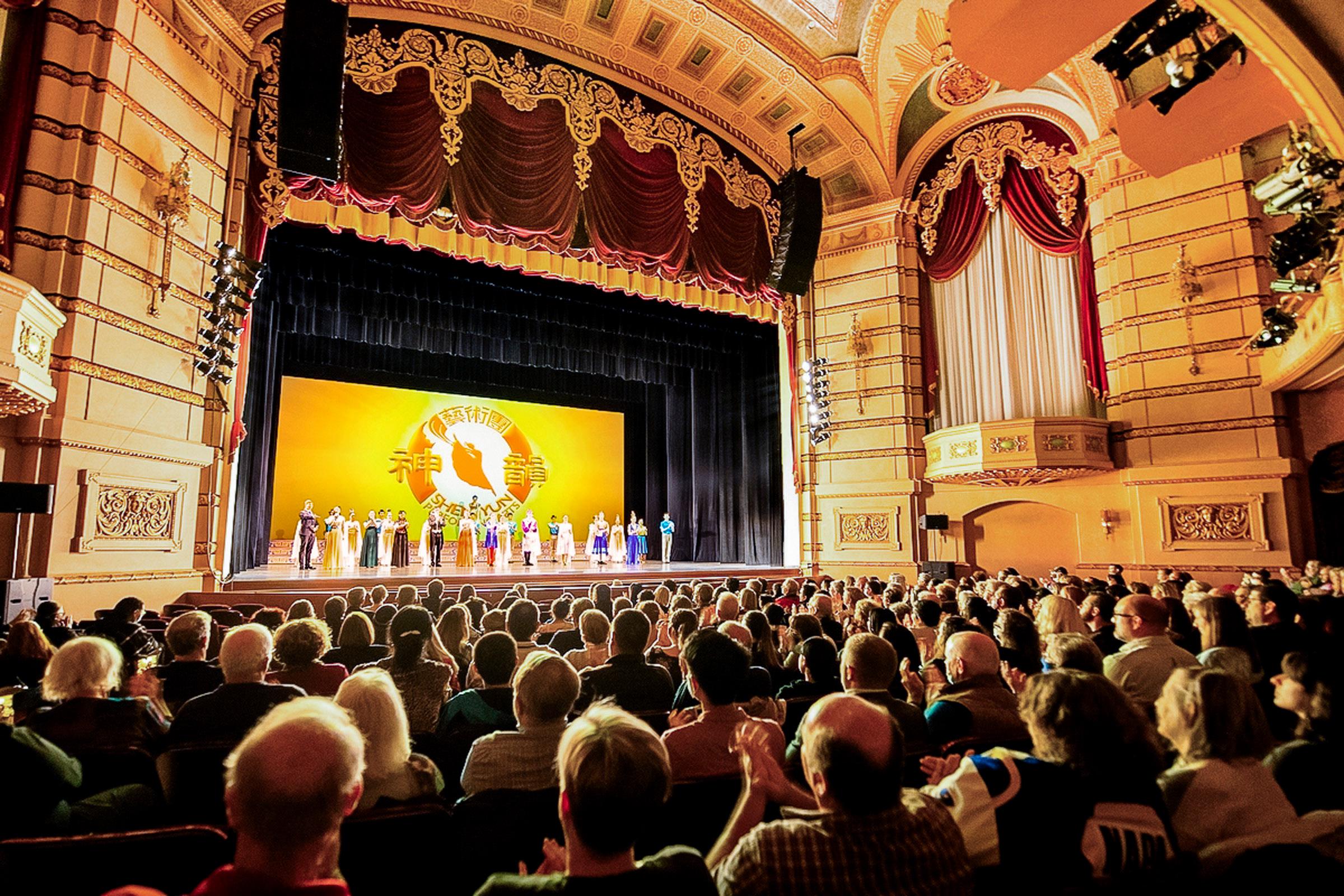
Some Shen Yun dance pieces directly depict the persecution of Falun Gong, raising awareness about the CCP’s abuses to theatergoers around the world.
The Falun Gong issue is a litmus test of one’s true attitude toward the CCP, some experts have suggested.
The New York Times may be willing to criticize CCP’s human rights abuses in Tibet or Xinjiang “but they would never do that with Falun Gong because that would really offend the CCP,” according to Trevor Loudon, an expert on communist regimes.
“The CCP would throw a fit over that,” he previously told The Epoch Times.
The report notes that since 2016, the publication has “published no news story focused on rights abuses facing Falun Gong practitioners ... even as these violations continue on a large scale.”
When it does cover Falun Gong, the majority of the articles carry negative or inaccurate depictions of Falun Gong that rely heavily on statements from the CCP, the persecutors.
Notably, The New York Times has been virtually silent on the issue of forced organ harvesting, in which Falun Gong prisoners of conscience are killed for their organs. Despite vast amounts of international evidence, including the findings of an independent 2019 tribunal, The New York Times, in an article published earlier this year, sought to dismiss the issue, claiming there is no evidence that Falun Gong practitioners are systematically killed for their organs in China.
The FDIC report traces much of the problematic reporting back to a 2001 meeting between then-publisher of The New York Times, Arthur Sulzberger Jr., and then-CCP leader Jiang Zemin, who personally launched the campaign to “eradicate” Falun Gong. Leading a delegation of the paper’s writers and editors, Sulzberger Jr. negotiated with the CCP to unblock the paper’s website within China. A few days after the newspaper published a flattering interview with Jiang, the website was unblocked.


